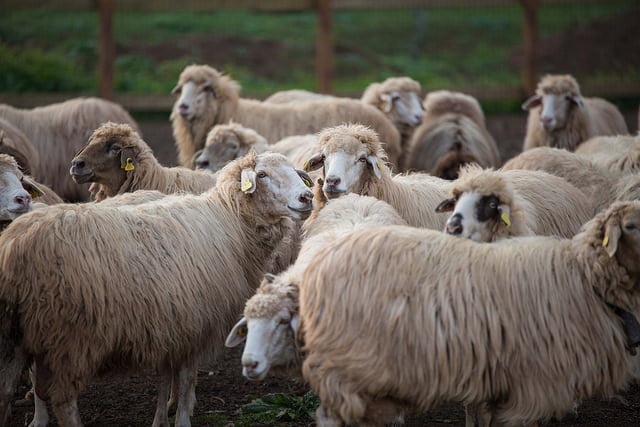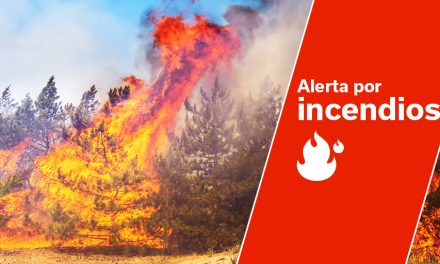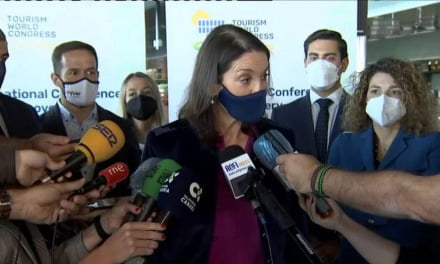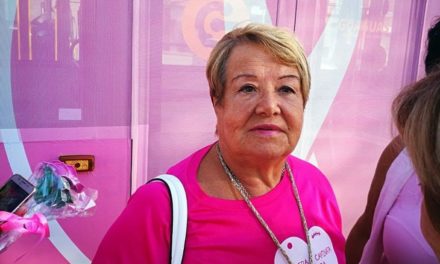 The Cabildo and the shepherds of Gran Canaria have reached an historic agreement whereby they will work together to fight against forest fires, and includes an environmental service for which the shepherds will receive a direct payment, ranging between €20 and €130 per hectare cleared.
The Cabildo and the shepherds of Gran Canaria have reached an historic agreement whereby they will work together to fight against forest fires, and includes an environmental service for which the shepherds will receive a direct payment, ranging between €20 and €130 per hectare cleared.
One hundred shepherds and cheese producers from Gran Canaria met this week at the Finca de Osorio, in Teror, with the president of the Cabildo, Antonio Morales, and the island councillors for Environment and Food Sovereignty, Miguel Angel Rodriguez and Miguel Hidalgo, to present this “Pact without precedents in the Canary Islands, in a measure already proven successful in France and Andalusia ” said the island president.
 It is one of five points included in the agreement that, in addition to laying foundations for managing the natural environment together with the local population, contributes to the protection of grazing lands on Gran Canaria, as it is a sector that has had the number of heads of goat cattle reduced to a third, with just under 40% of the sheep from a decade ago.
It is one of five points included in the agreement that, in addition to laying foundations for managing the natural environment together with the local population, contributes to the protection of grazing lands on Gran Canaria, as it is a sector that has had the number of heads of goat cattle reduced to a third, with just under 40% of the sheep from a decade ago.
Economic compensation to shepherds for the environmental service they provide specifically in forest fire prevention comes under a project known as ‘Ovejas bombero’, a public call for free competition among the shepherds of the island.
Controlled grazing emerges as an effective, economic and ecological tool increasingly used in various countries to reduce the burden of forest biomass and, therefore, the possibility for forest fires.
 Instead of brush cutting machines, the shepherds will use sheep or goats and their flocks will be responsible for reducing vegetation to adequate levels. Payment will depend on the distances involved, the type of vegetation and the strategic importance of the places tended to, so that those grazing grass start from €20 and as they move away toward sugarcane fields, especially in the ravines, the compensation reaches up to €130.
Instead of brush cutting machines, the shepherds will use sheep or goats and their flocks will be responsible for reducing vegetation to adequate levels. Payment will depend on the distances involved, the type of vegetation and the strategic importance of the places tended to, so that those grazing grass start from €20 and as they move away toward sugarcane fields, especially in the ravines, the compensation reaches up to €130.
Technicians of the Environment Service will determine the strategic areas for grazing, the livestock loads that support the different lands and the plant species that require protection to avoid damage to threatened flora.
The Cabildo will design an island map for improvement and expansion of pastures to create a diverse landscape, called a mosaic landscape, formed by cultivated fields, pastures and different types of forest areas, to generate more obstacles to wildfire. In the opinion of the specialists, this is one of the best ways to ensure that, in the event of a fire, it can only spread more slowly and so would be easier to control in these spaces, where flames will not be as high, as occurred during the last fire in areas treated using prescribed fires.
The insular institution already collaborates with 54 shepherds on the island in its fire prevention work and land management. There cattle are allowed to graze in public forests, strategic locations, protected natural areas and ravine channels. The surface area managed by these shepherds is 3,283 hectares. At this time they use more than 7,000 animals, mainly sheep and goats.
As for the management of feral animals, this agreement includes a commitment to work together in the removal of feral livestock from the natural environment, so that shepherds can help avoid abandonment or loosing animals and can participate in apañadas (capture operation) .
Another of the Cabildo’s commitments to the shepherds is to encourage the creation and delimitation of the livestock trails, that is, the routes through which livestock transit passes or has traditionally been passing, as well as the enhancement of cultural heritage paths across the island of Gran Canaria.
Grazing, part of Gran Canaria’s cultural identity, is an ancient practice stretching back more than 2,000 and recognised as one of the oldest cultural practices in the Canary Islands.
In turn, the Cabildo is working to create the Gran Canaria School of Livestock and Pastoralism, a tool with which they hope to improve training and technical advice on offer to ensure generational change, as well as the promotion of the sector and it’s associated products.













